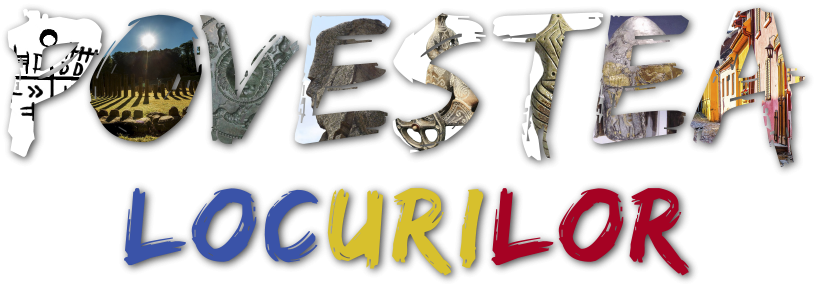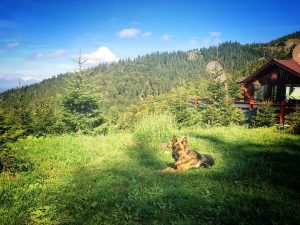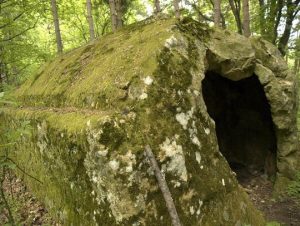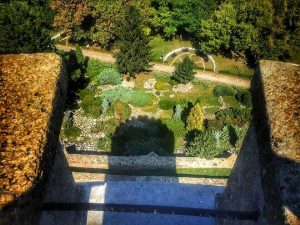A timeless journey 🇹🇷 🇪🇺
From the whispers of ancient gods in sacred caves to the echo of empires in stone, Türkiye offers more than a destination — it offers a timeless journey. Across its sun-kissed coasts, mystical ruins, and imperial cities, we follow a trail where the sacred and the strategic meet — where amphorae once carried olive oil, and the Mother of God found her final earthly dwelling.
✟ The Holy Mother’s Last Dwelling: Ephesus
High above the Aegean, in the tranquil hills near Ephesus, lies a sanctuary of silence — the House of the Virgin Mary. Here, where olive groves murmur in the breeze, tradition and faith converge. According to both ancient Church tradition and historical research, the Virgin Mary spent her final years under the care of the Apostle John, after fleeing Jerusalem’s unrest. Pilgrims still gather at this humble chapel — first built on 1st-century foundations and rediscovered in the 19th century thanks to the visions of Catherine Emmerich. Its stones whisper of prayer, of a promise fulfilled by Joachim and Anna, and of a woman chosen to bear the Eternal.
🏛️ From Asia to Europe: Istanbul, the Imperial Bridge
The story of Türkiye flows westward to Istanbul, once Constantinople — the city where continents and cultures collide. A visit to the Süleymaniye Mosque brings you face to face with the tomb of Suleiman the Magnificent, the Sultan who ruled empires, whose legacy stretched from Anatolia to the gates of Vienna. Here, amidst domes and minarets, the Ottoman past feels strikingly present. Every echo in the stone corridors is a reminder: this was a world ruled not only by swords, but by symbols, trade, and belief.
🏺 Mediterranean Trade & Amphorae: Stories in Clay
Long before passports and ports, the Mediterranean was a sea of stories. Amphorae — two-handled clay vessels — crisscrossed the waters carrying almonds, wine, olive oil, and dried figs. Their shapes told you where they came from; their stamps certified quality, origin, and even vintage. Cities like Rhodes branded their vessels with roses, while Romans painted labels for customs officials. More than containers, these vessels were early storytellers — the logos and barcodes of the ancient world. They connected Anatolia, the Carpathians, and Old Europe through commerce, craftsmanship, and culture.
⚓ Barbaros Hayrettin Paşa: The Admiral of the Empire
In Kuşadası, a monument rises — proud and defiant — to Barbaros Hayrettin Paşa, the admiral who defended the empire’s waters in the 16th century. His victories secured Ottoman dominance in the Mediterranean, and his statue still watches over the Aegean today. Surrounded by olive trees and sea views, his monument becomes a place of reflection. Here, where history meets horizon, you realize the sea was never a barrier — but a bridge.
🔱 Myths and Nature: Poseidon & Zeus in Dilek National Park
Not far from Kuşadası lies Güzelçamlı, where myth and geology unite at the Cave of Zeus — a karstic spring blending mountain waters with the Aegean’s salt. According to legend, Zeus bathed here, hiding from his brother Poseidon’s stormy rage. Even Aphrodite, goddess of beauty, was said to grace these waters. Today, the cave invites swimmers — locals and visitors — to immerse themselves in its cool, mineral-rich waters, reliving myth in every splash.
🇹🇷 Visit Türkiye: Where the Past Flows Into the Present 🇪🇺 From Çatalhöyük to Craiova: First Farmers of the World 🌾 But Türkiye’s legacy stretches even deeper — into the soil. At Çatalhöyük, near Konya, some of the world’s first farmers built homes and communities nearly 9,000 years ago. This journey — from sacred springs to imperial tombs, from amphorae to empires — is not about the past alone. It’s a living invitation: to walk where legends lived, to taste history, and to rediscover the roots we all share. Whether you come to swim in Poseidon’s cave, stand before Suleiman’s tomb, or sit in silent prayer at Mary’s last home, you’re not just visiting a place, you’re walking through a story still being written Çatalhöyük 🌾 Anatolia 9000 B.C.
This October, their story will reach Craiova, Romania, as heritage experts and tourism leaders meet to celebrate ancestral connections and shape the future of the MICE DMC industry.
© B2B Strategy ™ 2025





